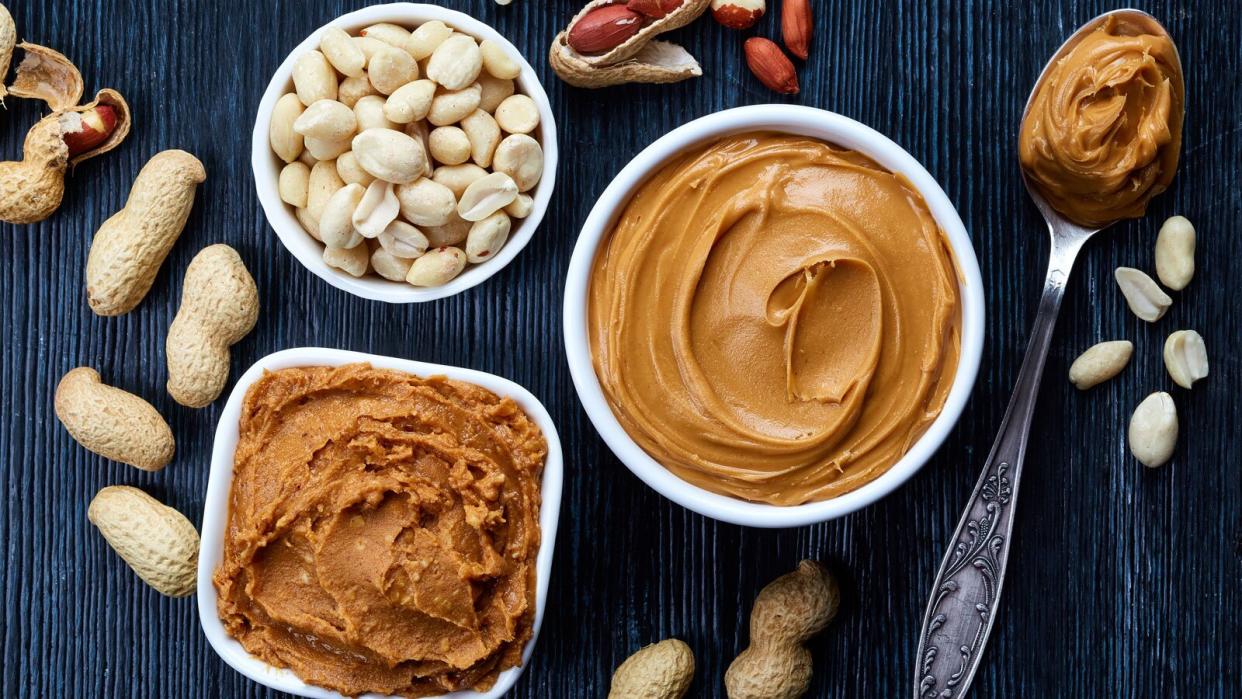The Difference Between Natural and Conventional Peanut Butter

Baiba Opule/Getty Images
You can tell a lot about someone by their peanut butter preference. Much like the age-old questions of, "Should you toast your bread for a peanut butter and jelly?" or "Did Han shoot first?", the answers to both of which are yes, people get very testy when it comes p.b. However, the question goes beyond just creamy or crunchy (crunchy, always crunchy). Here are the differences between natural and conventional peanut butter.
There are actually three different types of peanut butter products.
First, let's clear up some confusion. According to the FDA, in order for a product to be labeled as peanut butter, it must contain at least 90 percent peanuts. The additional 10 percent may include salt, sweeteners and hydrogenated vegetable oils. Both natural and conventional peanut butter fit into this category. However, any product that includes any additional ingredients, the most common of which is palm oil, must instead be labeled as a peanut butter spread. Palm oil is often added to "natural style" conventional peanut butters as a stabilizer in order to avoid the separation of oil and solids that occurs in natural peanut butter.
They contain different ingredients.
Natural peanut butter usually contains just two ingredients, peanuts and salt. However, there are also salt-free varieties if you really want to punish yourself. Conversely, conventional peanut butter includes sugar and hydrogenated vegetable oil to ensure that its consistency is not affected by time or temperature.
They look distinctly different.
Natural peanut butter must be stirred in order to achieve the right consistency. The oil found in natural peanut butter separates from the solids when left to sit and, as such, must be reincorporated before consuming. Additionally, natural peanut butter tends to be a bit grainier than its conventional counterpart—even if it's "creamy." The natural separation is more likely to occur if you store peanut butter at room temperature. However, if you refrigerate it, natural peanut butter becomes much more difficult to work with. Conventional peanut butter is a cohesive spread that remains as-is regardless of temperature or where it's stored. If you're someone who enjoys the occasional spoonful of peanut butter to snack on, conventional is undoubtedly the way to go.

